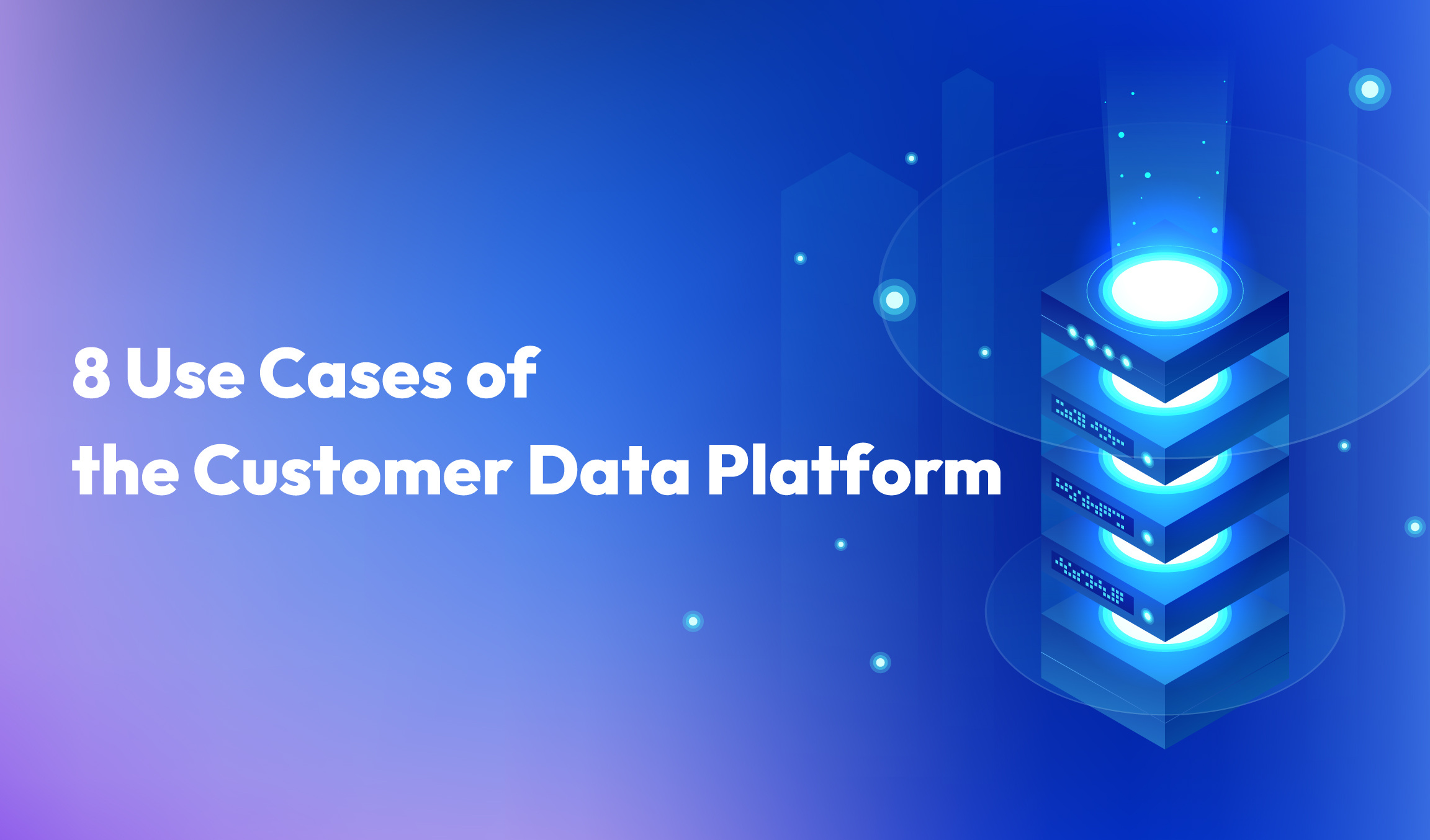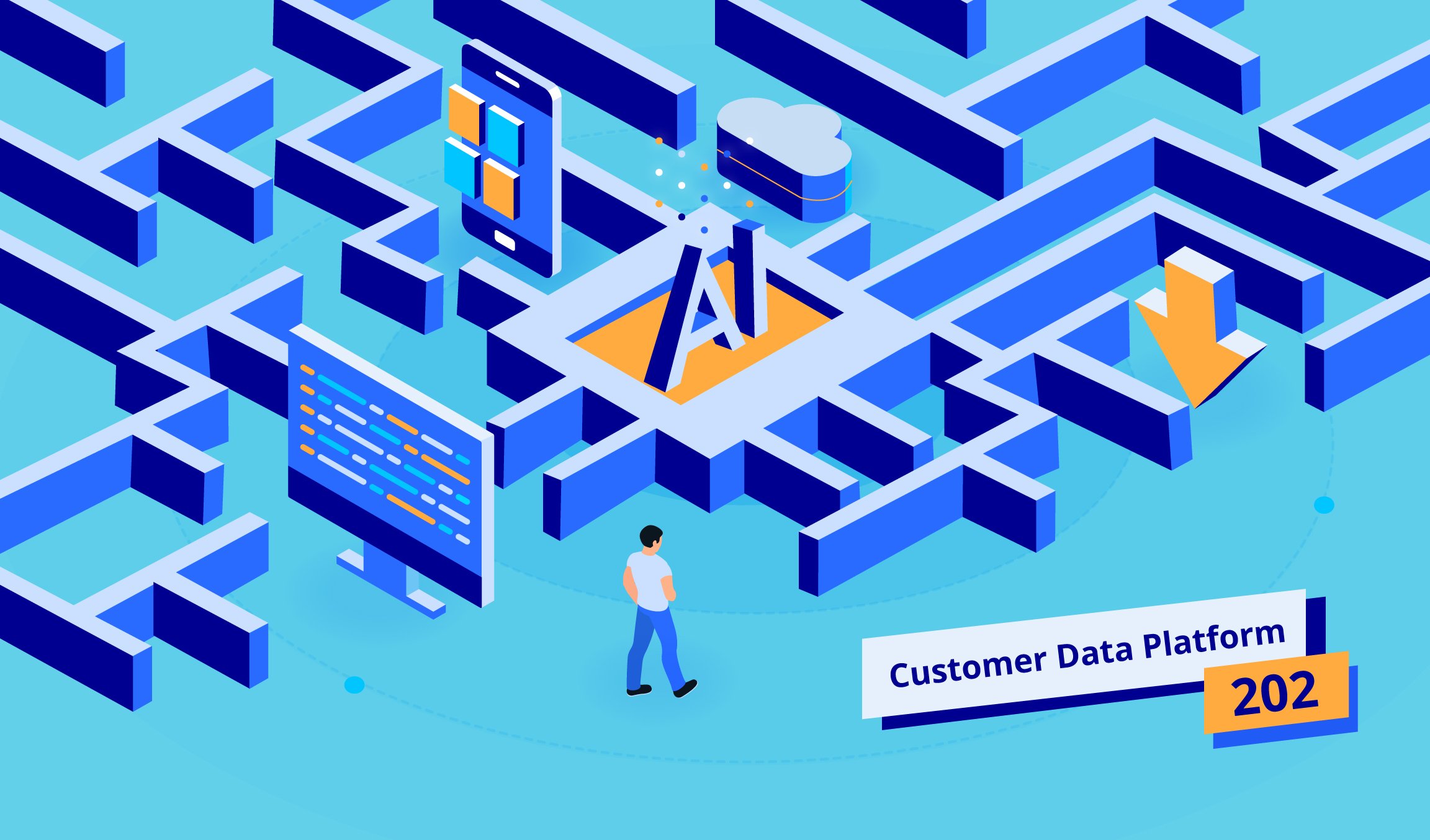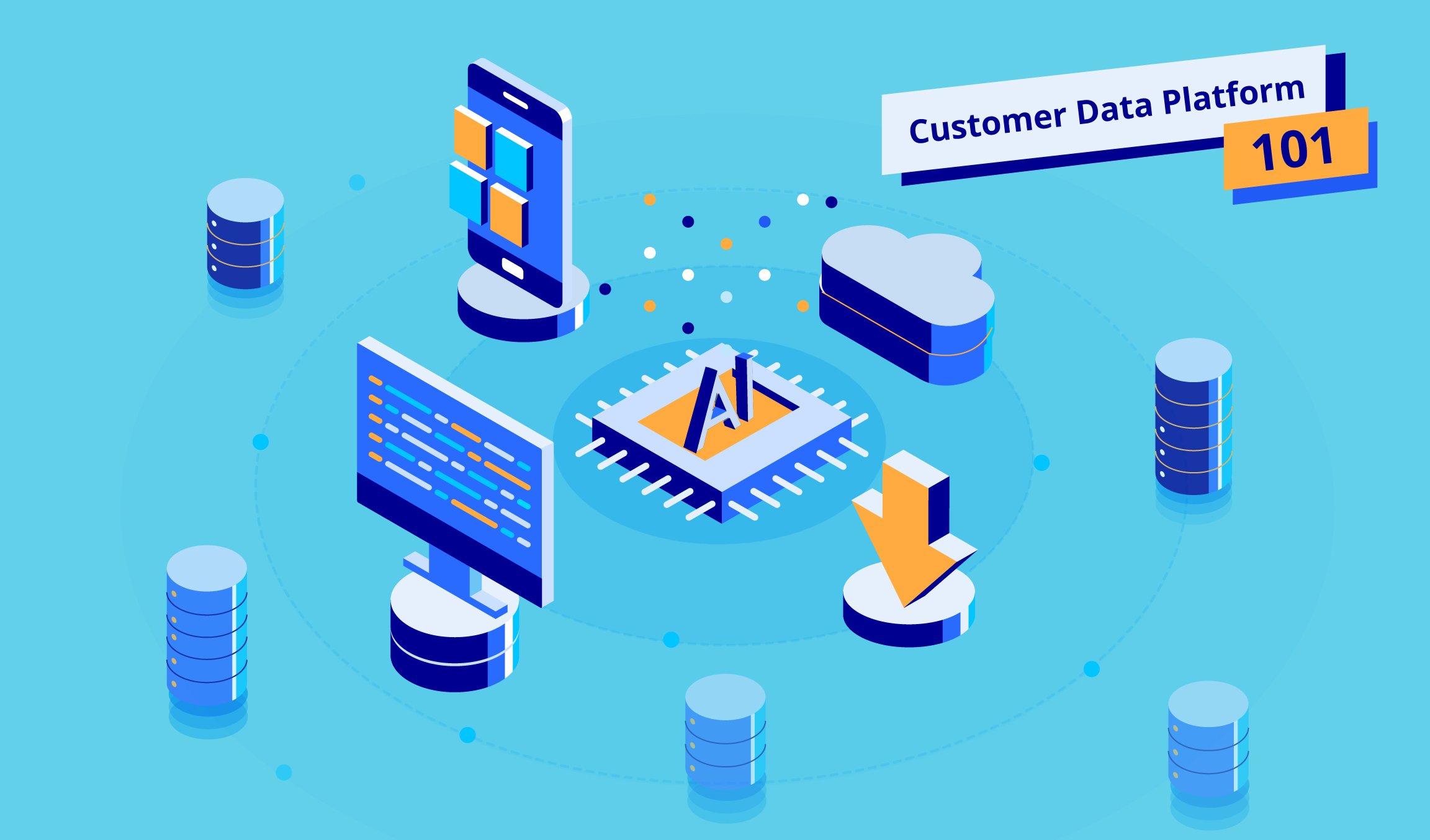6 min read
The value of data to businesses is difficult to overestimate, especially now. Data might once have been seen as a nice-to-have to make brands more profitable, but now leveraging data to make critical decisions is widely viewed as essential to keeping a business afloat.
The New Normal
To say these are uncertain times would be an understatement: around the world, the level of uncertainty related to the coronavirus is more than three times higher than during the 2002-3 severe acute respiratory syndrome (SARS) epidemic and about 20 times higher than during the Ebola outbreak, according to the IMF . This has had a huge impact on markets, with the OECD estimating global growth in GDP at as little as 1.5 percent, compared to 2.9 percent in 2019. That would be half of its previous estimate (3 percent) for 2020.
It is also impacting global production and supply chains. The World Trade Organization predicts that global trade volume could shrink by between 13 and 32 percent in 2020 compared to 2019.
Unsurprisingly, consumer confidence has also been hit. While confidence about an economy’s ability to recover varies greatly by region, there is a definite shift to consumer spending on essentials and trading down to less expensive items, according to McKinsey.
Given these unprecedented circumstances, a lot of perceived business wisdom might have gone out of the window, and therefore it is crucial to leverage data to provide a reliable snapshot of the current situation.
Which Areas Can Benefit Most From a Data-Driven Approach?
Understanding how to use data can make a positive impact on different aspects of a business. For example, predictive analytics that looks at historical data, trends and fluctuations are used to make predictions about future outcomes. Here are some of the areas that businesses can add immense value to by using big data.
Marketing
It is a challenge every marketer is facing: how do you find, acquire and retain customers that have the highest value for your company?
The answer is twofold. Firstly, you can leverage a mix of first- and third-party data to create a holistic 360-degree view of your customers. This provides you with an intimate knowledge of who they are and what they want in real time, positioning you to serve them with more relevant, timely marketing messages that they find compelling.
Here is how it works. Say one of your customers is a cosmetics blogger who cares about environmental issues. First-party data collected from your own sources, like your website, app, surveys, CRM and so on, can provide you with insights on her purchasing behavior, demographics, psychographics, geographic location and interests on your owned channels, as well as which device(s) they use to engage with your channels. This combines with third-party data from external sources like search engines, partner websites or apps, and social media to create a complete picture of your customer.
You might find your blogger is female, aged 25, and shows an interest in sunscreen, lipstick and eyeshadow on your site, while externally she is interested in content with keywords like ‘eco-friendly’, ‘animal protection’ and ‘global warming’. You can use this data-driven insight to serve her with marketing materials related to vegan cosmetic products for young women, say, a product area that combines two of her interests as well as appeals to her demographic profile, and as such is much more likely to result in conversion.
Once you have this intimate knowledge of your customers, you can use the right AI tools to divide them up into segments and predict their future behavior using metrics like churn rate, conversion rate and lifetime value. You can then rank these segments based on their value for your company, so you know to prioritize the most valuable customers, making your marketing spend more efficient.
For example, if you want to promote an anti-ageing serum, you can target customers who have viewed anti-ageing products on your website and used relevant keywords, such as “botox” or “wrinkle”, on external websites. Once you know their real intent, you can predict their consumer behavior with a higher degree of certainty. These techniques led Neogence, a famous dermatology brand in Taiwan, to boost its ROI by 14 percent and website retention rate by 87 percent.
Predicting your customers’ future behavior is even more valuable during these uncertain times as it allows you to better plan for the near future – something many enterprises have been unable to do with any confidence at the moment.
Customer services
This holistic, 360-degree customer view will also help optimize your customer service strategy. Intimate knowledge of your customers and what makes them tick will tell you how best to communicate with them. Speaking to them on their terms and in their language is a surefire way to maximize engagement.
Supply chain
Data can help make your supply chain leaner and more efficient – you should be looking at real-time data on consumption, global trade and delivery routes, all in the short term to maximize impact. Adding sensors to your products to transmit back performance data can also help.
Product design
Data and analytics can boost team-driven systems and workflows used within the design process. It can also be used to generate ideas for product design, for example by using analytics to better understand customer concerns, improve the product’s design and eventually enhancing the customer experience.
What to Consider When Adopting a Data-Driven Approach?
“Before adopting a data-driven approach, you need to identify your business goals,” says Hsuan-Tien Lin, Chief Data Science Consultant at Appier. “This will inform what kind of data you should collect.”
If you are unclear on what your goals should be, first identify the problems your company is facing and work backwards to see what goals would help overcome them. How do you know if a problem is serious enough to warrant solving? “It needs to be important enough to the business, and to be related to the question of data, so that the data will be of use,” says Lin.
You then need to be able to demonstrate how the problems are being solved. If the problem is increasing conversions, you can look at the conversion rate or cost-per-conversion. However, do not expect data to solve all your business woes overnight. “It is important to keep a reasonable expectation of how long it takes to see results,” says Lin. “You need to set a reasonable timeline. Machine learning can speed this up by between three and 10 times, but it is important to be realistic.”
The quality of your data is key to solving business problems or unlocking new business opportunities. Its quality is impacted by four factors: recency, noise, diversity, and how fast it can be fed into your new machine learning pipeline. Optimizing these will help immensely.
A data-driven approach is an investment, but one that can pay dividends, especially in the current climate. “These are unprecedented times, no one knows what to expect,” adds Lin. “The business landscape is changing almost every day, but data can help you capture new customer trends much quicker than humans can. Businesses can leverage this knowledge to adapt to these new trends and optimize their performance.”
When dealing with an unprecedented situation like COVID-19, it is easy to panic. However, staying grounded with data will help you make rational business decisions during this most irrational of times.
* Making data-driven decisions is key to business success. Leverage AIXON , our data science platform, to turn your data into actionable insights now. Have a question? Get in touch with our team for an exclusive consultation.



